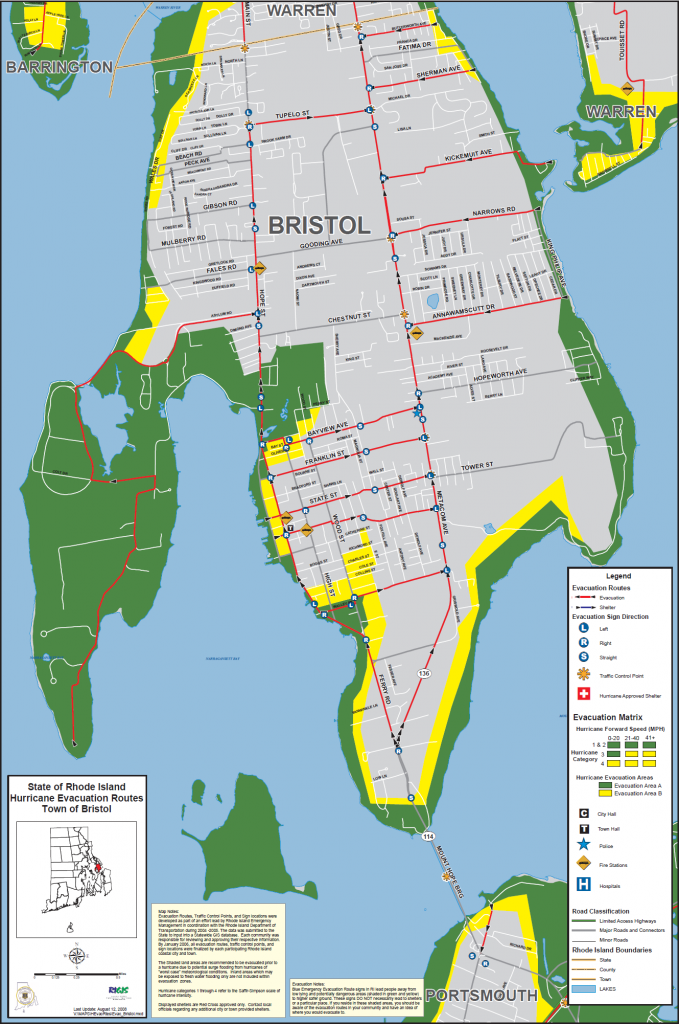To borrow from the motto of the Boy Scouts of America (2011), “Be prepared!” There is no possible way to fully predict with perfect accuracy when and where a crisis will develop. However, with some foresight, the adoption of a comprehensive crisis communication plan will allow an immediate response to any emergency, disaster, or other crisis that might arise. Gray (2008) discusses how JetBlue might have benefited from such a plan. JetBlue, if they had focused on developing a crisis communication plan, might have uncovered the not unlikely possibility of a major storm grounding many of its passengers. In this case, JetBlue would have been in a more proactive position to mitigate the effects such a storm might produce on passengers and their east coast operations. According to Fearn-Banks (2011), the impending storm prediction would have been a warning sign, or prodrome, that JetBlue could have responded to in order to prevent the crisis. Had JetBlue contacted the passengers prior to their arrival at the airports, they might have been able to secure better and more comfortable accommodations than the airports had to offer. Additionally, the company would have presented themselves proactively instead of taking the defensive posture noted by Gray.
In December 1984, Union Carbide, a pesticide production company, was the subject of the worst industrial accident in history. At their plant in Bhopal, India, an employee purposefully allowed water into large tanks of a chemical called methyl isocyanate (MICN) which caused a chemical reaction (according to Union Carbide management), bursting the tanks and releasing MICN gas into the environment killing more than 3,000 people (some estimates exceed 25,000 dead) and injuring 100 times that amount (Venkatasubramanian, 2011). According to Muller (2001), MICN was stored in large above ground tanks, a water valve was connected to the tanks, and employees had largely unrestricted access to these tanks and valves. When liquid MICN and water are mixed, MICN rapidly expands to a gaseous state and can quickly overwhelm holding tanks. Had Union Carbide conducted an investigation of potential crises while constructing a crisis communication plan, these circumstances might have been uncovered and considered prior to the accident, allowing company officials the opportunity to mitigate the potentially deadly situation and avoid the catastrophe in 1984. Additionally, had this crisis occurred regardless of mitigation, the company would have been poised to provide helpful instructions and recommendations to public safety officials and the public to minimize the loss of life. Union Carbide was eventually sued for billions of dollars, which it has never paid.
Another incident that might have benefited from a crisis communication plan is the Massey Energy Upper Big Branch mine explosion that occurred in West Virginia on April 5, 2010. Venkatasubramanian (2011) describes this explosion as the worst mining accident in four decades, killing 29 people. Like the Union Carbide example above, Massey Energy initially tried passing the blame to employees and single system failures, but eventually the company closed its Kentucky Freedom Energy Mine #1, and the CEO, Don Blankenship, stepped down. This after being confronted with the over 600 safety violations in 2009 and 2010. Again, the implementation of a crisis communication plan would have focused on potential accidents and allowed a window for mitigation and prevention. Upon completion of the effort, when the accident occurred, there would have been clear directives on how to proceed, which might have helped to save the company’s reputation; although, in this case, that is unclear.
Only when a company’s management realizes that safety is important and that crises do occur can they set forth means of mitigating their risk. One important way to mitigate risk is to consider that no matter the attempts at prevention, errors and failures can always occur and it is best to be prepared for the worst-case scenarios in hopes that they never do occur. By being prepared for the worst case scenarios, mainly by having drafted crisis communication plans along with incident action plans, the company representative has focus and direction on how to proceed with response efforts both publicly and internally. The benefits are appearing with a unified message of adequately responding and recovering from the crisis, and bringing a sense of strength and direction to that effort that the public, employees, and shareholders alike can appreciate and find faith. It is always best to be prepared.
References
Boy Scouts of America. (2011, March). Overview of Boy Scouts of America. Retrieved from http://www.scouting.org/About/FactSheets/OverviewofBSA.aspx
Fearn-Banks, K. (2011). Crisis communications: a casebook approach (4th ed.). New York, NY: Routledge.
Gray, S. (2008). Without crisis plan, your reputation could be at risk. Las Vegas Business Press, 25(8), 22. Retrieved from http://www.ebscohost.com/academic/regional-business-news
Muller, R. (2001). A significant toxic event: The Union Carbide pesticide plant disaster in Bhopal, India, 1984. Rural and Remote Environmental Health, 1(10). Retrieved from http://www.tropmed.org/rreh/vol1_10.htm
Venkatasubramanian, V. (2011). Systemic failures: Challenges and opportunities in risk management in complex systems. AIChE Journal, 57(1), 2-9. doi:10.1002/aic.12495


